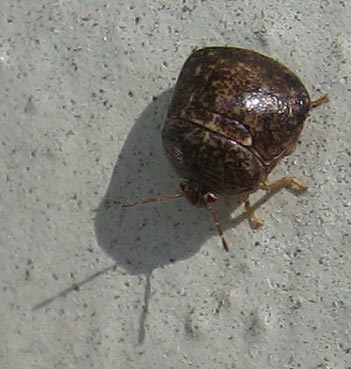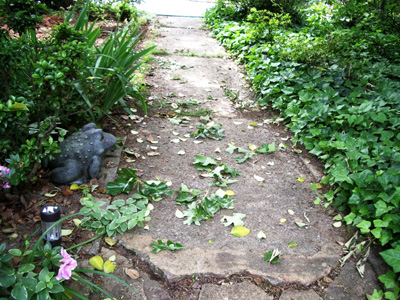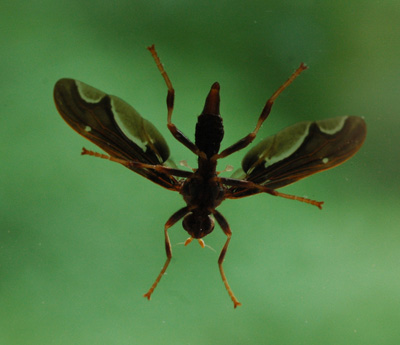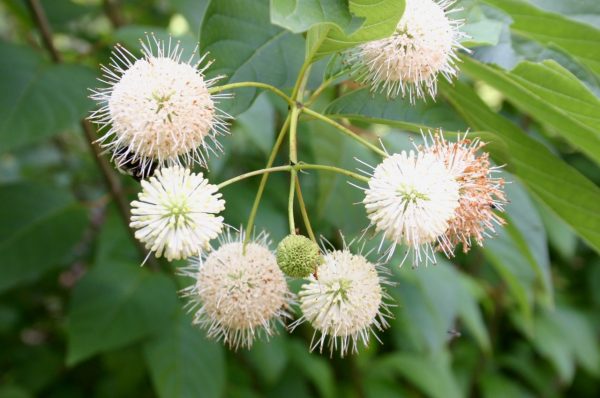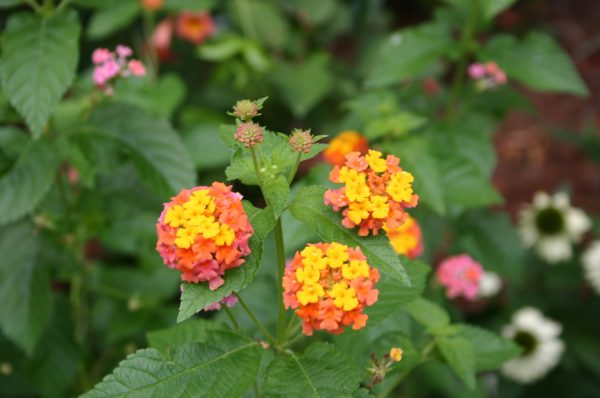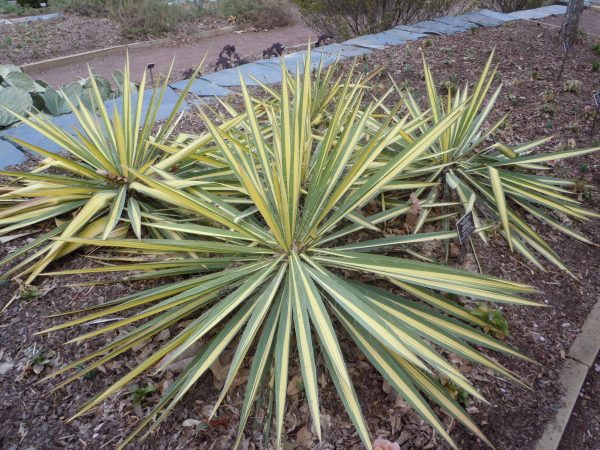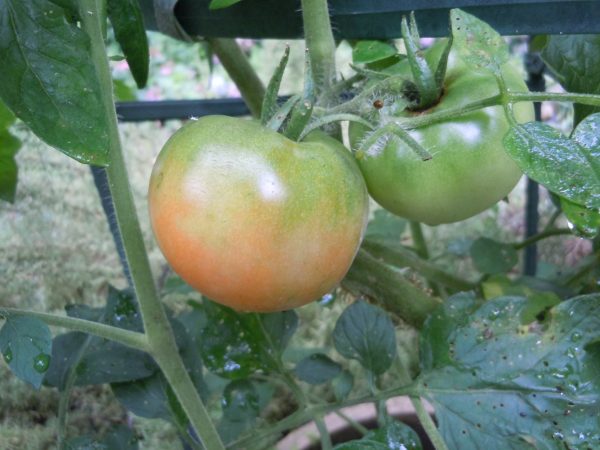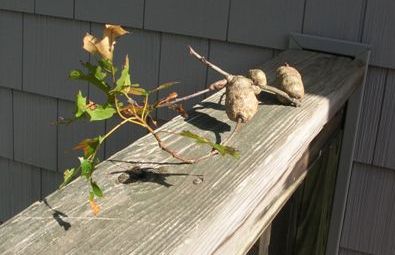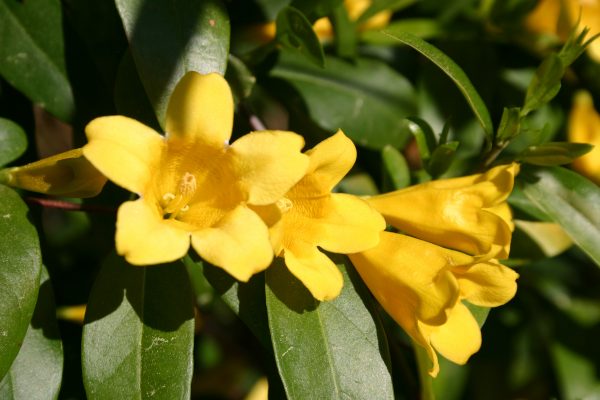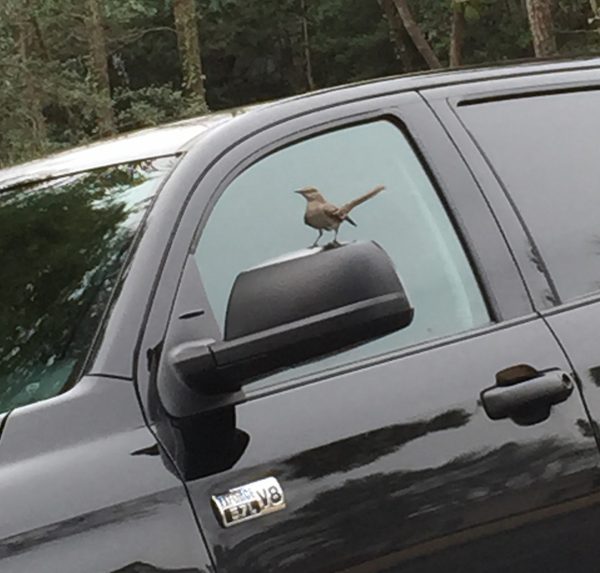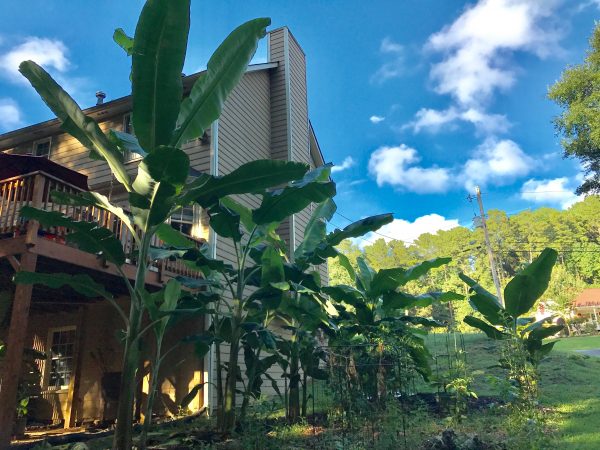‘Limelight’ Hydrangea – Pruning
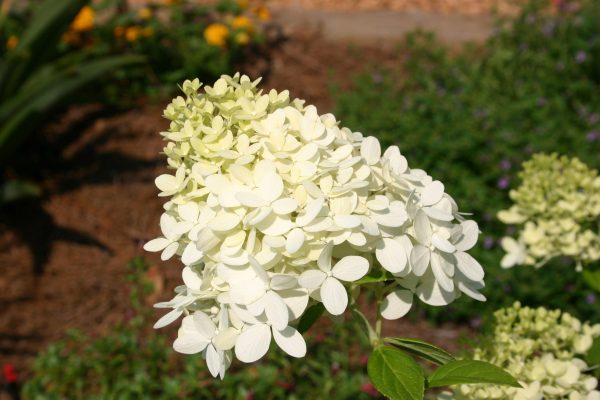
Q: We planted a Limelight hydrangea last year. The blooms are large but the stems are thin and weak. Could you suggest how and when I should prune this fella to get a bushier plant with stronger stems?
A: ‘Limelight’ hydrangea blooms without fail each summer but the weight of the flower heads will make it flop if you prune it severely each year. Its normal height is six – eight feet so in your situation you can’t leave it unpruned because it will block your window.
I think you have two choices:
1. Move the plant to a spot where it will be able to grow to full size. Remove a third of the older stems down to six inches high each winter. This will produce blooms at varying heights and the lower ones will help steady the taller ones.
2. Prune the whole plant where it is down to six – eight inches each winter and use metal plant supports to keep the flowers in place.
I like ‘Limelight’ a lot….it’s just a bigger shrub than you anticipated when you bought it.





